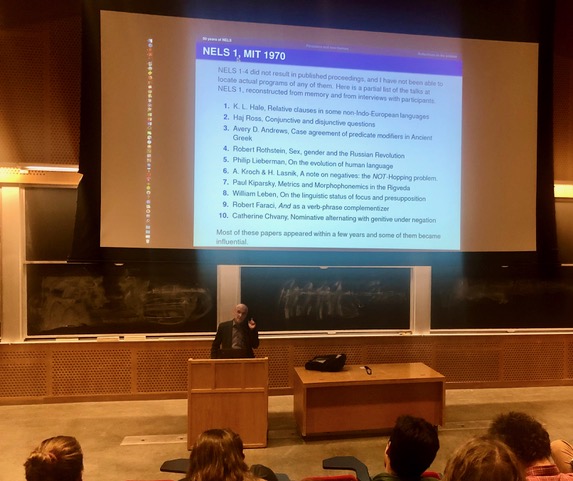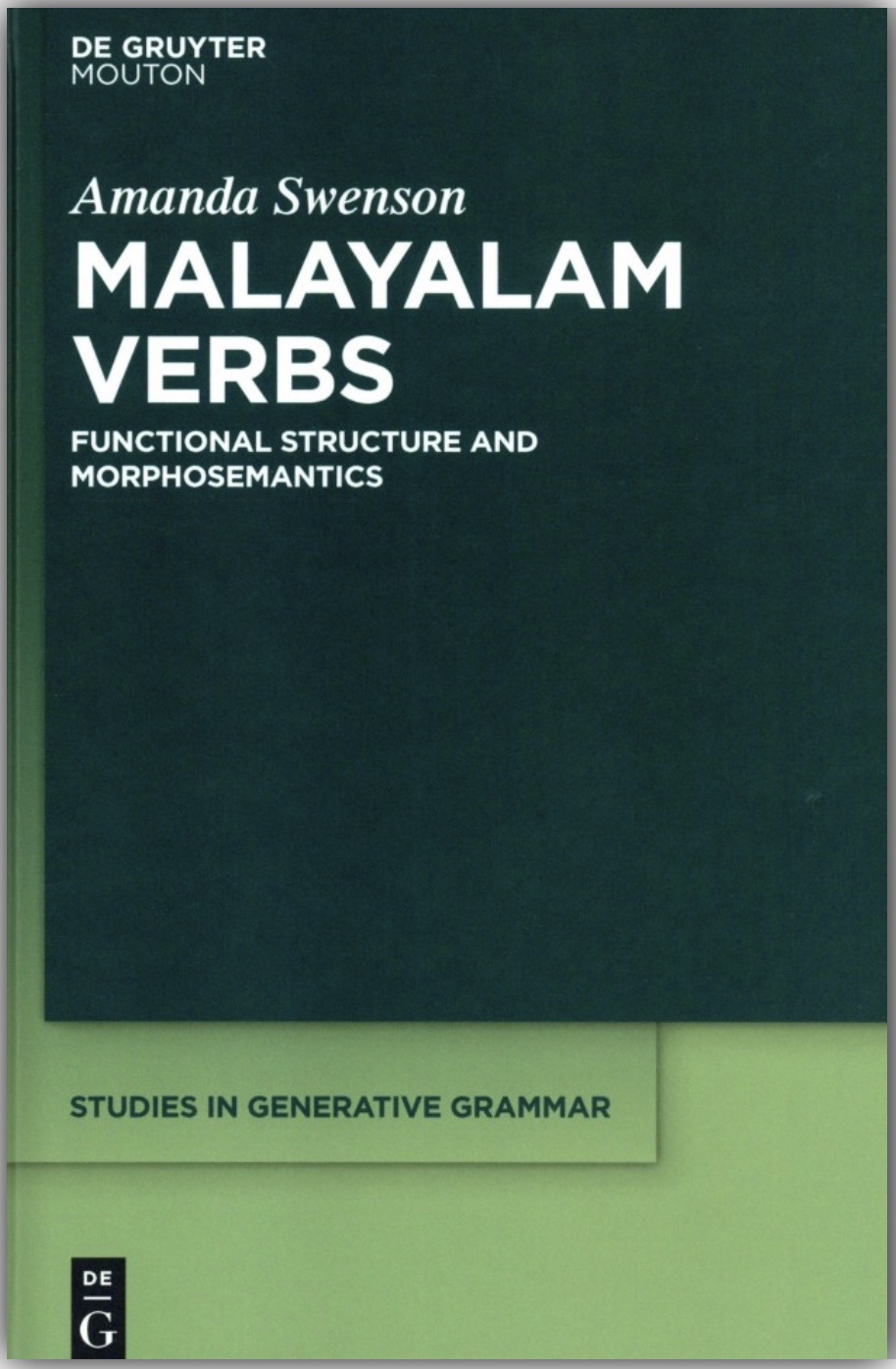Speaker: Elise Newman (MIT)
Title: Mayan agent focus and the interaction between merge and agree
Time: Tuesday, November 5th, 1pm - 2pm
Location: 32-D461
Abstract: In this week’s edition of Syntax Square, I will discuss Mayan Agent Focus from the perspective of Coon, Baier, Levin 2019. In their paper, they propose that examples like (1), where a subject has been wh-extracted, are ungrammatical due to the so called Ergative Extraction Constraint (EEC).
(1) *Maktxel max y-il ix ix? who pfv A3s-see clf woman intended: ‘Who saw the woman?’
They propose that the EEC is active in some Mayan languages due to the fact that the object moves higher than the subject, and is a more local target for agree by a higher probe. While typically A’-movement is insensitive to intervening nominals, they argue that Mayan A’-probes are relativized to seek D features as well as wh/focus features (a mixed A/A’ probe). The result is that whenever a subject is marked with wh/focus features, the relevant probe searching for those features first agrees with the internal argument before finding the subject, and thus becomes gluttonous, which leads to a crash. The only way to pronounce (1) is to insert the agent focus morpheme in place of agreement with the moved subject.
(2) Maktxel max-ach il-on-i? who pfv-b2s see-AF-itv ‘Who saw you?’
On their approach, the agent focus morpheme licenses extraction of an ergative subject by blocking movement of the internal argument to a higher position, thus preventing the object from ever c-commanding the subject. In other words, the EEC is active in some Mayan languages, and agent focus appears in these languages only to prevent violations of the EEC.
This locality approach to the EEC and agent focus in Mayan is attractive because it builds on structural considerations that are well motivated by the Mayan literature and accounts for the fact that agent focus is sensitive to certain properties of the internal argument. However, their analysis of agent focus struggles to handle cases of multiple extraction where agent focus is present, thus suggesting that agent focus and the EEC may not be so tightly related. I will therefore propose the beginnings of a reanalysis of agent focus (very much still in progress) that builds off of their structural assumptions but disentangles agent focus from the EEC.
My proposal assumes a theory of merge and agree along the lines of Longenbaugh (2019), with the additional assumption that all merge tucks in (Richards 2005). These assumptions tightly constrain the order in which multiple specifiers may appear, given a head with particular selectional and EPP requirements. The result is that the subject is always the outer specifier of vP, unless it is more featurally specified than the internal argument, in which case the order of specifiers becomes reversed. In exactly these cases of reversal, both v and T end up agreeing with the same DP, namely the internal argument. I argue that these cases co-occur with the presence of agent focus because the morphology rejects haplology.


